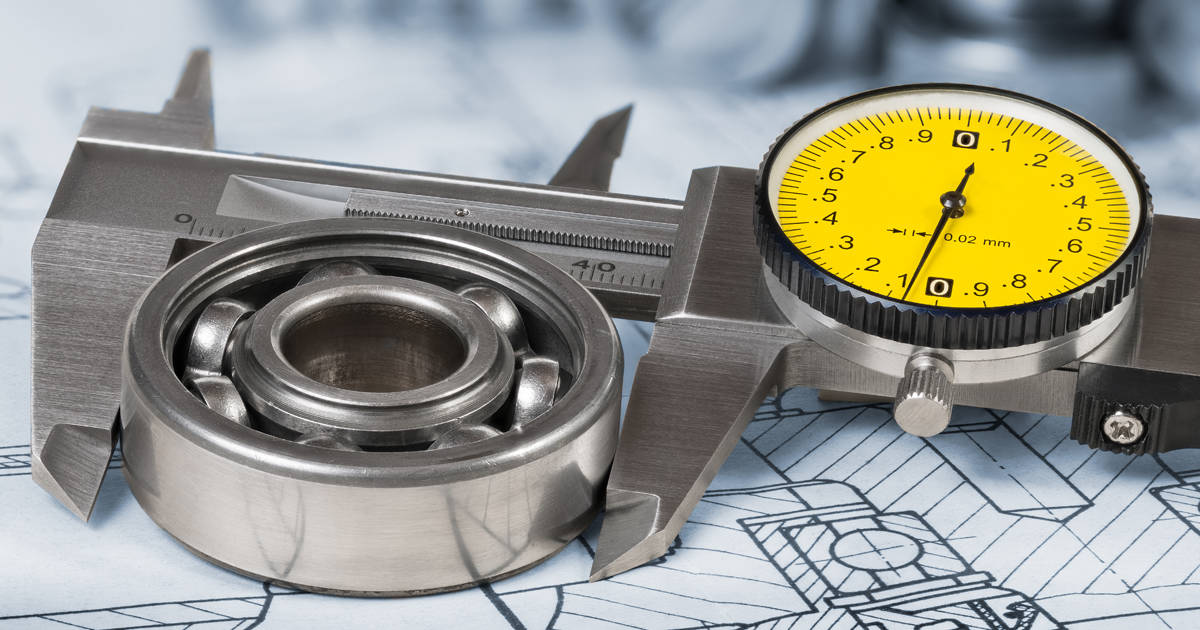I'm working on two Delta (A O Smith) motors - one of which will be going on a 17" drill press. They are both 3 phase - 3/4 HP and 1 HP (86-720 and 86-920 respectively). I was putting the bearings on the 3/4 HP rotor. Fan end was fine - required pressing on. Opposite end, however, the bearing pretty much just slips on the rotor. So I thought I had a problem and moved on to the 1 HP - same thing - bearing fits correctly on fan end but slips on by hand on the opposite end.
That seemed pretty coincidental - both motors with same problem on the rotor. I need to ask the question - is this looseness by design? Ii has been suggested on another forum that fit was by design to allow expansion/contraction due to operational heat. There is a spring washer between the bearing and end bell with the fingers pressing against the bearing outer race that would theoretically keep the loose bearing from turning. However, my disassembly notes indicate that the spring washer was on the same end (fan end) where the bearing was tight and this was true on both motors.
Anyone have experience wth this type of motor design?
That seemed pretty coincidental - both motors with same problem on the rotor. I need to ask the question - is this looseness by design? Ii has been suggested on another forum that fit was by design to allow expansion/contraction due to operational heat. There is a spring washer between the bearing and end bell with the fingers pressing against the bearing outer race that would theoretically keep the loose bearing from turning. However, my disassembly notes indicate that the spring washer was on the same end (fan end) where the bearing was tight and this was true on both motors.
Anyone have experience wth this type of motor design?


